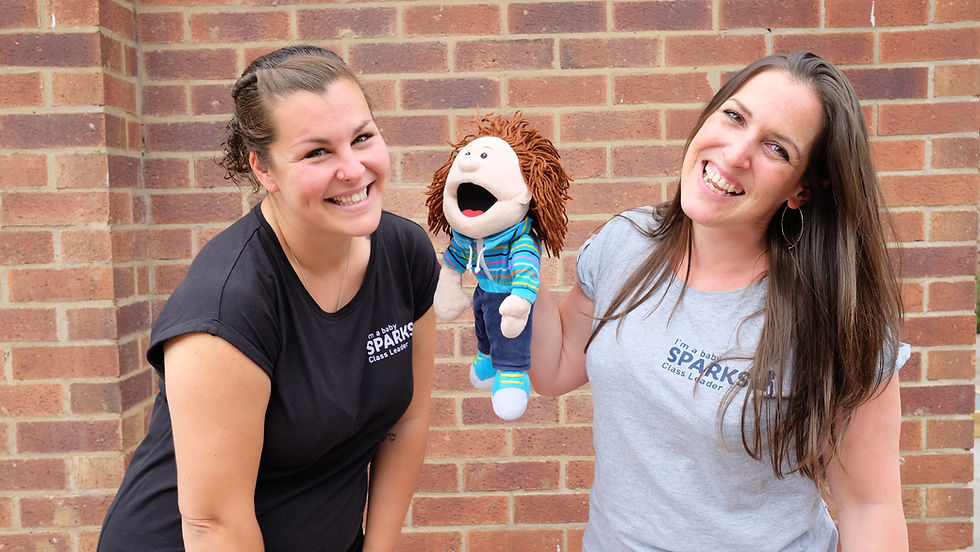Why September and October Are Peak Birth Months in the UK — Insights for Children’s Activity Providers
- teambabysparks
- Sep 24
- 3 min read

When it comes to the rhythms of family life in the UK, certain patterns emerge year after year - and none are more consistent than the rise in births during September and October. For anyone running a business that supports babies, toddlers, and their families, understanding these trends isn’t just interesting - it’s key to planning classes, services, and schedules that meet demand.
UK Birth Trends: A September & October Surge
Data from the Office for National Statistics (ONS) consistently shows that September is the UK’s busiest birth month, closely followed by October. Some key figures:
On average, around 60,000 babies are born each month in the UK.
September births often exceed 65,000, representing an increase of 9–12% over the monthly average.
October also sees a notable rise, with numbers frequently above 62,000 births.
Seasonal patterns suggest that these spikes are linked to the festive season nine months prior, a phenomenon sometimes referred to as the “holiday conception cohort.”
These months mark the start of a wave of new families, many of whom are looking for support, guidance, and early years activities for their newborns.

Why Autumn Customers Are Key for Early Years Providers
For children’s activity businesses, there’s more to this pattern than statistics - there’s strategy.
Families enrolling their babies in classes during September and October often become long-term participants, creating a steady foundation for the year ahead:
High retention: Parents who start classes in autumn are motivated to establish routines after the summer and are more likely to attend consistently over the following months.
Multiple offerings: These families often participate in a variety of baby and toddler classes, sometimes extending to additional workshops or seasonal events.
Relationship-led growth: Autumn families often help expand the network through recommendations to other parents or nurseries, supporting organic growth and engagement across the year.
Maximising Opportunities with Seasonal Planning
Savvy children’s activity providers plan around the natural ebb and flow of the year. By aligning schedules with seasonal peaks, businesses can both meet demand and grow sustainably:
Extra autumn classes: More newborns arriving means additional early years classes or workshops can be added to meet the increased interest.
Seasonal specials: Events like Halloween-themed sessions offer a fun and engaging way to welcome new families.
Building momentum: Families who start in autumn often continue attending throughout winter, spring, and summer, providing a stable, loyal customer base.
The Takeaway
For anyone running or planning a children’s activity business, the data is clear: autumn is a golden window of opportunity. Understanding birth trends allows you to:
Predict demand and plan classes effectively.
Build a loyal, returning customer base that stays engaged all year.
Optimise revenue and engagement during the busiest months of the year.
By embracing the natural rhythms of family life - and the influx of September and October babies - early years providers can not only serve more families but also create a sustainable, year-round business model.
💡 Fun Fact: Here at Baby Sparks, our franchisees on average see 80–120 families per week during this peak period, with bookings cascading into workshops, parties, and seasonal events.
Planning ahead ensures this isn’t just a busy couple of months - it sets the tone for the entire year!















Comments